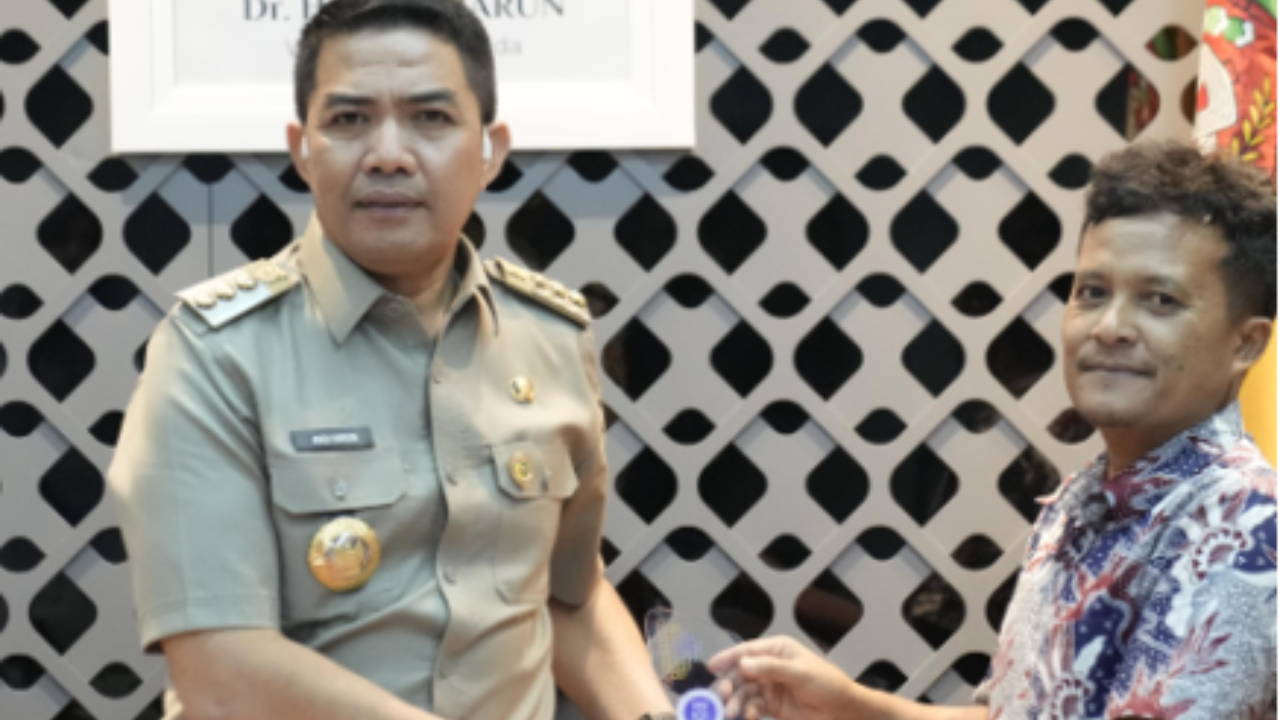Many cities cannot survive or find it difficult to develop after being hit by the COVID-19 storm and the influence of the Russian-Ukrainian war. However, it is different from the City of Samarinda in East Kalimantan.
The growth of Samarinda’s Original Regional Income (PAD) increased from IDR 380 billion in previous years to IDR 770 billion in 2022. The growth of the Regional Revenue and Expenditure Budget (APBD) also increased from IDR 2.2 trillion to IDR 4.9 trillion.

According to the Mayor of Samarinda, Dr. H. Andi Harun, S.T., S.H., M.Si., this rise in revenue is a direct result of implementing digital transformation within the city of Samarinda. Beyond the increase in income, another advantage of digital transformation is the enhanced transparency, accountability, speed, effectiveness, and efficiency of public services.
This made Dedy Sushandoyo, Ph.D., a lecturer at SBM ITB, interested in researching what happened to the city of Samarinda. Dedy now heads the research team.
The research team collected initial data on 25-27 September 2023 by interviewing key actors in implementing digital transformation in Samarinda City. The Secretary of the Samarinda City Communication and Information Service, Suparmin, SE, M.Eng., welcomed and facilitated this research by gathering and coordinating resource persons within the Samarinda City Government.
Resource persons include the Mayor of Samarinda, the Head and Secretary of the Planning, Regional Development, Research, and Development Agency (Bappedalitbang) of Samarinda City, the Head of Division and staff of the Samarinda City Communication and Information Service, the Samarinda City Investment and One-Stop Integrated Services Service (DPMPTSP), and the Department of Samarinda City Industry and Trade. The head of the Sungai Keledang subdistrict, part of a government agency with direct contact with the community, was also interviewed. Further data collection will be conducted in mid-October 2023.
This research is entitled “Making Public Organizations Agile through Digital Transformation” (Creating Fast and Flexible Public Organizations through Digital Transformation), which was conducted with Hari Febriansyah, Ph.D., Adita Pritasari, ST, MSM., and Crista Fialdila Suryanto, ST, MSM., as a member of the research team. LPPM ITB funded this research through the SBM ITB Human Management and Knowledge Skills Group. The research results will be published in reputable journal articles, book chapters, and recommendations for the City of Samarinda.
The Mayor of Samarinda hopes there will be more future collaboration between SBM ITB and the Samarinda City Government through training, certification, and consultations on various governance management issues. Previously, according to Andi Harun, digital transformation was not only about government governance. Digital transformation must be understood and carried out by all levels of society.
Thus, the Samarinda City Government launched the Super App, an integrated application, enabling the public to interact directly with the government. The Mayor also added that motivation alone is not enough to implement digital transformation; it requires commitment from regional leaders, consistency, and appropriate resource allocation arrangements.
Reflecting on the journey, the initiation of digital transformation in Samarinda City traces back to its selection as one of the cities chosen to receive technical guidance for crafting a smart city master plan by the Ministry of Communication and Information in 2017. The smart city concept serves as the gateway to introducing digital transformation in the region.
Since that pivotal moment, the momentum has been consistently upward, and the City of Samarinda has witnessed notable transformation. One of the most prominent outcomes of this digital shift is the increased agility and efficiency in government affairs processes.
Linda Holbeche, in her book titled “The Agile Organization,” defines agility as the capability to move swiftly, adapt flexibly, and act convincingly. Research on agility often focuses on profit-oriented entities, such as companies.
Digital transformation is acknowledged as a critical factor enabling companies to achieve speed, flexibility, and confidence (agility). However, can digital transformation similarly impact non-profit entities like government organizations? It’s well-known that government organizations are typically characterized by their bureaucracy and stringent regulations, making them appear inflexible.
The research team at SBM ITB endeavors to uncover the answer to how digital transformation can potentially transform government organizations, such as the City of Samarinda, into entities as agile as their private sector counterparts.




